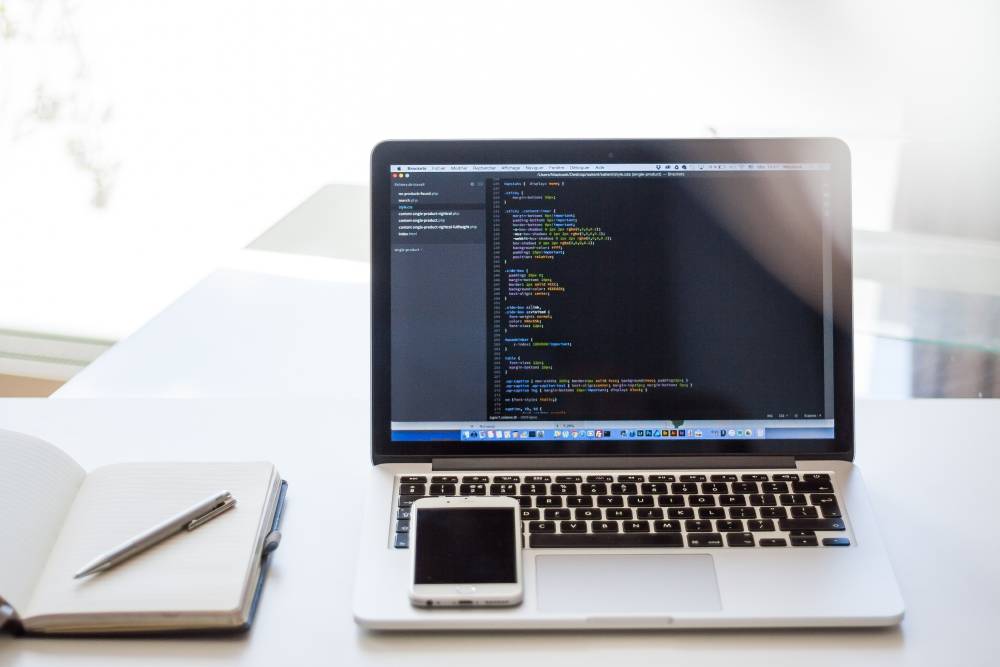Security is a top priority for iOS app development. As the custodians of user data, it is our responsibility to protect it from prying eyes and malicious intent. This guide will explore the crucial tips and strategies for enhancing the security of your iOS apps, ensuring they remain a fortress against potential threats.
Understanding iOS App Security Threats
Before you build an iOS app for your business, you need to understand the security threats that your app will face. Common security vulnerabilities include weak passwords, insecure data storage, and code injection attacks. User data is valuable to attackers, so it's important to take steps to protect it. Neglecting app security can have serious consequences, such as data breaches, financial losses, and damage to your reputation.
Implementing Secure Authentication
To protect your app, you need to implement secure authentication. This includes establishing strong password policies, embracing biometric authentication, and safeguarding user identities through OAuth and token-based authentication. You should also keep your app up to date with the latest security patches to improve mobile app security.
Data Encryption and Storage
User data is a precious commodity. It is important to protect user data from unauthorized access, use, disclosure, disruption, modification, or destruction. End-to-end encryption, secure data storage practices, and the art of protecting sensitive user information are all important aspects of data security.
Securing Network Communications
Communication is vulnerable, especially over networks. It is important to secure your app's communications with HTTPS implementation, fortify your APIs, and mitigate the lurking threat of man-in-the-middle attacks.
Code Obfuscation and Hardening
Code obfuscation and hardening are essential security measures for any iOS app. By making your app more difficult to understand and attack, you can reduce the risk of data breaches and other security incidents.
There are a variety of code obfuscation and hardening techniques, including:
-
Source code obfuscation: This makes it difficult for attackers to understand your app's code and find vulnerabilities.
-
App hardening: This makes your app more resistant to attacks, such as denial-of-service attacks and malware infections.
Regular Security Audits and Testing
You also need to do regular security audits and testing to identify and fix vulnerabilities in your app. These audits include:
-
Penetration testing: This involves simulating an attack on your app to identify vulnerabilities.
-
Code reviews: This involves reviewing your app's code for security flaws.
-
Continuous security monitoring: This involves monitoring your app for security threats in real-time.
User Education and Awareness
Your users are your first line of defense against security threats. By teaching them how to use your app securely, encouraging them to report security issues, and keeping them informed about your security measures, you can help protect your app and your users' data.
Here are some tips for teaching your users how to use your app securely:
-
Explain the importance of strong passwords and how to create them.
-
Teach your users how to enable two-factor authentication.
-
Show them how to keep their software up to date.
-
Explain the risks of phishing scams and how to avoid them.
Encourage your users to report security issues to you. You can do this by providing a clear and easy way to report issues, such as a dedicated email address or website form. You should also make sure that your users know that you will take their reports seriously and investigate them promptly.
Keep your users informed about your security measures. This includes things like regular security audits, bug fixes, and new security features. You can communicate this information through your app's settings like push notification, website, or social media channels.
Staying Informed About iOS Security
Apple is constantly working to improve the security of its devices and software. As a developer, it's important to stay up-to-date on these changes and make sure your app is secure. You can do this by following Apple's security updates, patching vulnerabilities, and ensuring timely updates for your app. By keeping your app secure, you can help protect your users and your business.
Here are some specific things you can do to keep your app secure:
-
Follow Apple's security updates. Apple regularly releases security updates for iOS, macOS, and other platforms. These updates often include fixes for vulnerabilities that could be exploited by attackers. Make sure you install these updates as soon as they are available.
-
Patch vulnerabilities. If you find a vulnerability in your app, fix it as soon as possible. You can do this yourself or hire a security professional to help you.
-
Ensure timely updates. Users should be able to update your app easily and automatically. Make sure you have a process in place for releasing updates and that you do so regularly.
Future-Proofing Your iOS App Security
The threat landscape is constantly evolving, and businesses need to be prepared for the future by anticipating emerging threats, leveraging AI and machine learning in security, and building a culture of security within their app development team.
By anticipating emerging threats, businesses can stay ahead of the curve and protect themselves from new attacks. AI and machine learning can be used to automate security tasks and identify potential threats, and a culture of security can help employees be more aware of security risks and how to mitigate them.
Conclusion
Enhancing your iOS app's security is not a one-time task; it's a continuous commitment. By following these tips and strategies, you can build a robust defense that not only safeguards user data but also fortifies your app's reputation as a secure platform.





